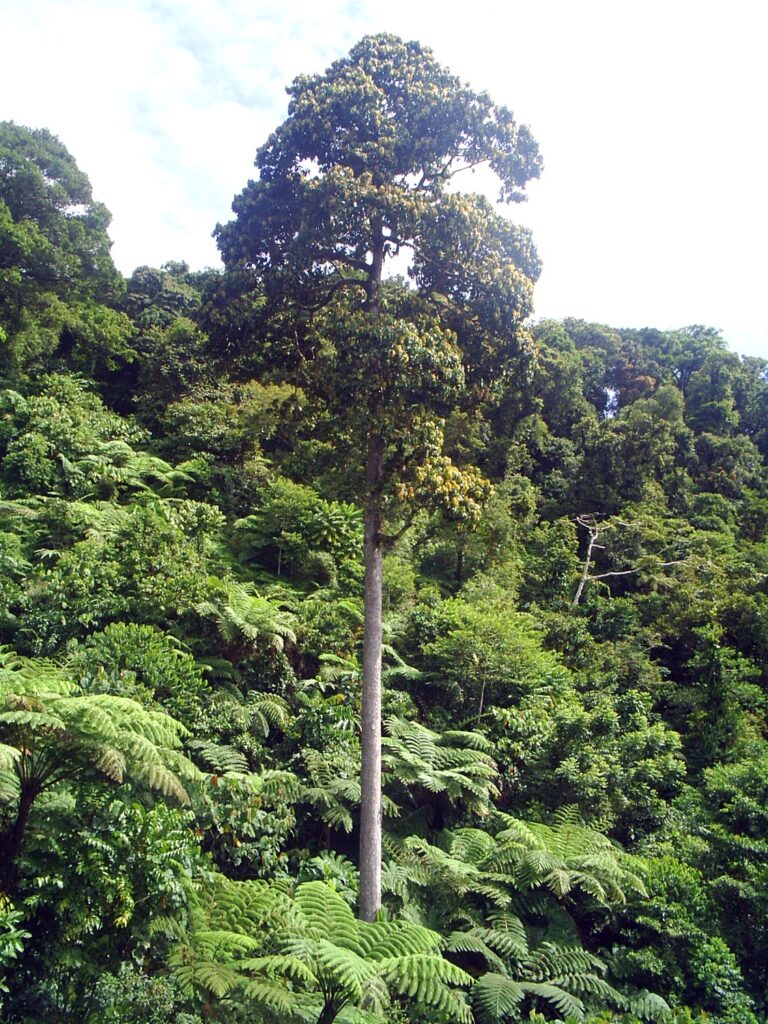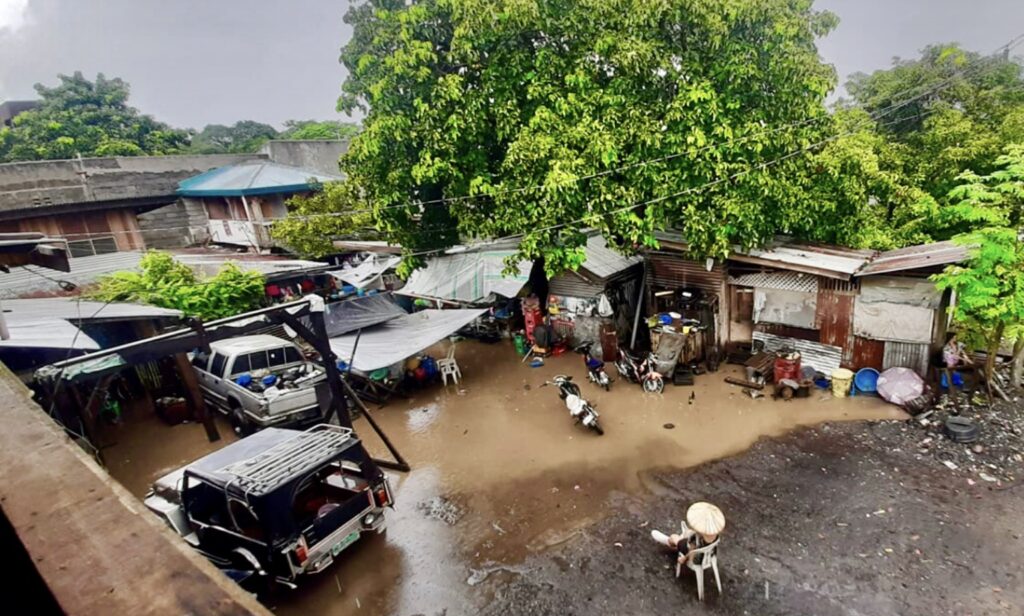Text and Photos by Henrylito D. Tacio
What do cooler weather, medicines, water, food, and birds have one thing in common? If you think they don’t have any common denominator, you’re wrong! What links them together is trees, that’s what.
But most people don’t think trees deserve their attention. They are just trees; they are not humans, these people claim. Yes, trees are not humans, but they are still creatures. In fact, there is life in themselves.
When you live in the cities, you need to have an air-conditioner in order to make you cooler. But those living in rural areas, they don’t need it. When they are feeling hot, all they need to do is go under the trees. Aside from being free, trees also provide you with plenty of fresh air.
One of the biggest problems the world faces today is climate change. Aside from making the planet earth too warm for comfort, it also brings drought, flooding, sea-level rise, depletion of biological diversity, and displacement of people.
One possible solution to the problem is planting trees – lots of them. By doing so, the excess carbon dioxide – the number one greenhouse gas identified as the primary culprit – floating in the atmosphere can be removed. This was actually enshrined in the 2015 Paris Agreement.
Reports and studies from the Nobel-prize-winning Intergovernmental Panel on Climate Change (IPCC) estimate that “nature-based solutions, including healthy forests, could provide up to one-third of the emissions reductions required by 2030 to meet Paris Agreement targets.”
We need trees, particularly those found in tropical forests because they provide us the much-needed medicines for our survival. Although they account for only seven percent of the world’s total landmass, tropical forests harbor as much as half of all known varieties of plants.
According to experts, just a four-square-mile area of rainforest may contain as many as 1,500 different types of flowering plants and 750 species of trees. The UN Food and Agriculture Organization (FAO) reports that active ingredients in 25% of all prescription drugs in the world today come directly from medicinal plants (most of them grown in tropical forests).
Trees are also very important because they help provide water. That’s why there is such a thing as a watershed. “A watershed needs trees in order to absorb rainwater when it channels into streams, rivers and eventually dams where human communities source fresh water,” Rappler’s Pia Ranada wrote.
“A typical tree breathes out 250 to 400 gallons of water per day through its leaves, humidifying the air,” Ranada explained. “This process, called evapotranspiration, is responsible for most of the rain that falls inland, far from oceans. Thus, without trees, there is no rain and it is rain that supplies much of the freshwater humans need to live.”

Forest 
Getting water
Dr. Patrick Durst, former regional FAO forestry officer, seemed to agree. “The main benefit they provide is helping to intercept precipitation and facilitate its infiltration into the soil and ground water storage areas,” he said.
Durst also said that trees help reduce soil erosion by “breaking the fall” (that is, the impact) of rainfall that might otherwise dislodge soil particles upon harsh impact. Right now, soil erosion deserves the attention it needs.
“Today, the equivalent of one soccer pitch of soil is eroded every five seconds, and the planet is on a path that could lead to the degradation of more than 90% of all the Earth’s soils by 2050,” Maria Helena Semedo, FAO deputy director-general for climate and natural resources, said in a statement.
FAO estimates that as much as 95% of food eaten by humans is directly or indirectly produced on soils. “Healthy soils are the key to food security and our sustainable future,” the United Nations food agency pointed out.
What about birds? Well, they carry with them seeds after eating those fruits and help spread in planting the trees. They are indeed man’s ally, but some of them are on the verge of extinction. The reason: their habitat, particularly the forests, has dwindled so fast.
A study published in Frontiers in Ecology and Evolution found out that due to deforestation and habitat degradation, “more bird species may be endangered than previously thought.”
The State of Philippines Birds said that about 67% of the country’s birds spend their life or part of their life in a tropical forest. A study conducted by FAO showed that a pair of Philippine eagles needs at least 7,000 to 13,000 hectares of forest as a nesting territory.

“I think that I shall never see, a poem lovely as a tree,” penned poet Joyce Kilmer some years ago. If he has to write the same poem, he may realize that he may not see a tree anymore in the future.
Where have all our trees gone?
More than 100 years ago, even after Ferdinand Magellan “rediscovered” our country, it was almost totally covered with forest resources distributed throughout its 30 million hectares. But deforestation mowed them to the extent that only a few patches remain.
“From the late 1950s through 1973, deforestation in the Philippines reached 172,000 hectares per year. Virgin forests have been especially hard hit, declining by 1.7 million hectares from 1971 to 1980 alone,” wrote Robert Repetto in his book, The Forest for the Trees? Government Policies and the Misuse of Forest Resources.
Let’s protect our trees, in particular, or forests in general, from further decimation.
Even at the end of the world, so goes a saying, we need to plant trees. “A person without children would face a hopeless future; a country without trees is almost as helpless,” American President Theodore Roosevelt reminded.

